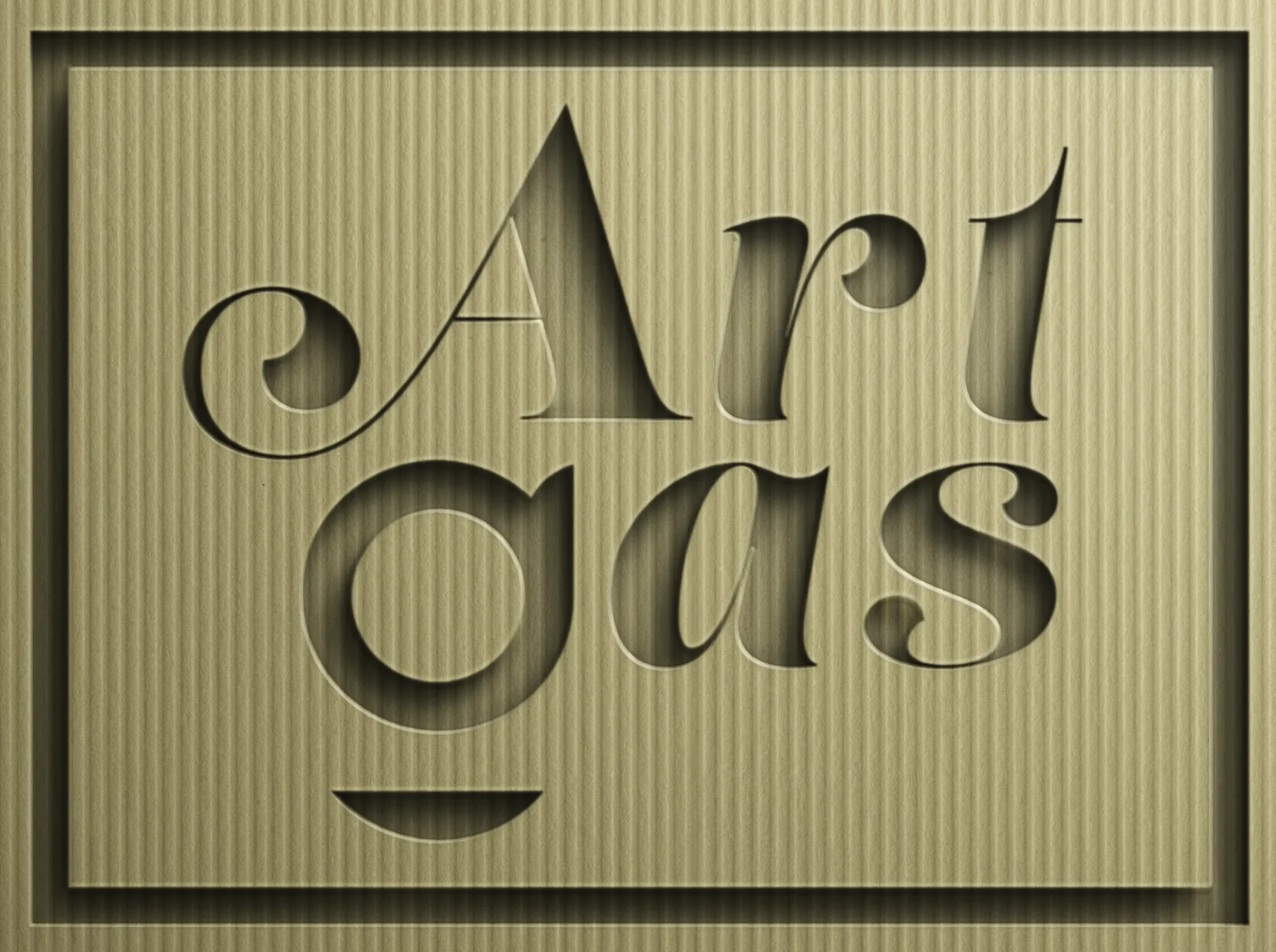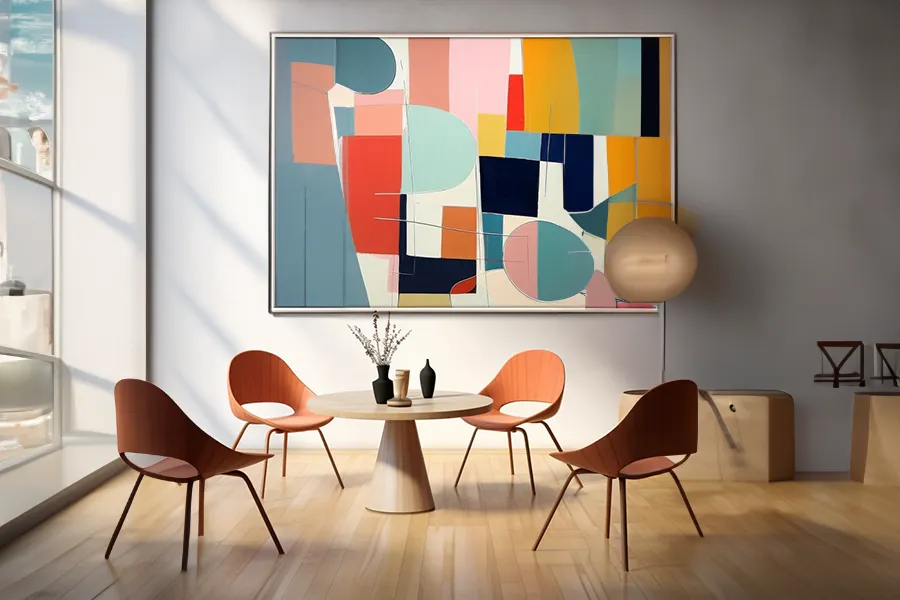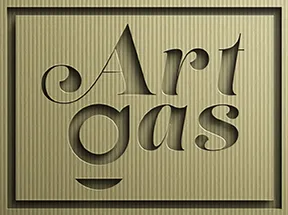The Enigmatic World of Abstract Wall Art:
Unraveling the Essence of Abstraction in Modern Spaces
Abstract wall art, a revolutionary form of expression that transcends the boundaries of traditional visual representation, invites viewers into a realm where color, shape, and texture interact to evoke emotions and provoke thought. Unlike figurative art, abstract art does not seek to accurately depict reality but rather explores the possibilities of art freed from literal interpretation. This exploration has led to the creation of spaces that challenge perceptions, stimulate the senses, and offer a deeply personal experience to every observer.
Overview and History
The genesis of abstract art can be traced back to the early 20th century, emerging as artists began to question the necessity of representational accuracy in art. Pioneers like Wassily Kandinsky, Piet Mondrian, and Kazimir Malevich broke away from traditional forms and compositions to focus on the intrinsic properties of art itself: color, form, and line. Their revolutionary work laid the foundation for various movements within abstract art, including Abstract Expressionism, Cubism, and Surrealism, each contributing to the rich tapestry of styles and techniques that characterize this genre.
Popularity and Appeal
Abstract wall art’s popularity lies in its ability to resonate on a universal level, unbound by cultural or historical constraints. It appeals to a broad audience, from art aficionados to those seeking a dynamic element for their living spaces. Its versatility and adaptability to different interiors make it a favored choice for both personal and professional environments, offering a contemporary aesthetic that complements modern design principles.
Top 10 Classic Variations
- Abstract Expressionism: Characterized by spontaneous, bold brushwork and a focus on the physical act of painting.
- Cubism: Breaks objects into geometric shapes, offering multiple perspectives within a single plane.
- Minimalism: Emphasizes simplicity and purity through basic shapes and limited color palettes.
- Futurism: Captures the dynamic energy and movement of the modern world.
- Surrealism: Explores the unconscious mind, blending dreamlike elements with abstract forms.
- Op Art: Uses optical illusions to create engaging visual effects.
- Geometric Abstraction: Focuses on geometric forms and structures, emphasizing clarity and precision.
- Lyrical Abstraction: A more spontaneous and emotive variant, often featuring sweeping gestures and vibrant colors.
- Suprematism: Concentrates on basic geometric forms, such as circles, squares, and lines, advocating for the supremacy of pure artistic feeling.
- Color Field Painting: Highlights the emotive power of color through large, solid fields and gradients.
Top 10 New Digital or AI Variations
- Algorithmic Art: Created through complex algorithms, this style explores the intersection of technology and creativity.
- Generative Art: Utilizes computer programs to generate art that can evolve in real-time.
- Digital Abstract Expressionism: Combines the spontaneity of Abstract Expressionism with digital mediums.
- Fractal Art: Uses mathematical fractals to create intricate, self-similar patterns.
- Data-Moshing: A digital technique that distorts media to produce abstract visual effects.
- Pixel Art Abstraction: Simplifies images into pixelated patterns, focusing on color and form over detail.
- Digital Collage: Combines various digital elements to create complex, layered compositions.
- Vector Art Abstraction: Uses geometric shapes and lines in a digital format to create stylized, scalable artworks.
- 3D Abstract Modeling: Employs 3D software to create abstract forms that can be explored from multiple angles.
- Interactive Art: Integrates digital technology to create abstract works that respond to viewer interaction.
10 FAQs About Abstract Wall Art
- What is abstract wall art? Abstract wall art is art that prioritizes shapes, colors, forms, and gestural marks over representational accuracy, offering viewers a visual experience detached from the literal depiction of objects.
- Why is abstract art popular? Its universal appeal, versatility in design, and the personal interpretive experience it offers make abstract art a popular choice for a wide range of audiences.
- How do I choose abstract art for my space? Consider the color scheme of your room, the desired emotional impact, and the space available. Abstract art that complements your interior design while also making a personal statement is ideal.
- Can abstract art improve my mood? Yes, the colors and forms in abstract art can influence emotions and mood, with certain colors and compositions known to evoke specific feelings.
- Is abstract art a good investment? Like all art, abstract works can be a good investment if chosen wisely. Pieces by emerging artists or established names in new, innovative styles often appreciate in value.
- How do I interpret abstract art? Abstract art is open to interpretation. Viewers are encouraged to engage with the artwork, drawing personal meaning from the forms, colors, and textures presented.
- What makes abstract art valuable? The originality, technique, artist’s reputation, and emotional impact of the work contribute to its value, alongside market demand.
- Can I create my own abstract wall art? Absolutely! Abstract art encourages personal expression and experimentation with materials and ideas. It’s a great way to explore creativity without the constraints of representational accuracy.
- How has digital technology influenced abstract art? Digital technology has expanded the tools available to artists, allowing for new forms of creativity, interactivity, and accessibility in abstract art.
- Where can I view abstract wall art? Art galleries, online art platforms, and specialized art fairs are great places to view and purchase abstract wall art. Additionally, many artists and collectives display their work on their websites and social media channels.
Noteworthy Artists and Resources
- Classic: Wassily Kandinsky, Piet Mondrian, Kazimir Malevich
- Digital: Casey Reas, Rafael Lozano-Hemmer, Manfred Mohr
- Websites:
- Artsy: A comprehensive platform for collecting and discovering art.
- Saatchi Art: Offers a wide range of abstract art from emerging artists.
Conclusion and Summary
Abstract wall art represents a boundless exploration of the potential of visual language. Its enduring appeal lies in its ability to engage viewers on an intuitive level, offering a bridge between the personal and the universal. Whether through the classic techniques of paint and canvas or the innovative approaches enabled by digital technology, abstract art continues to evolve, challenging our perceptions and enriching our spaces with its transformative power.
The collection of abstract wall art at Art Gas stands as a testament to this enduring appeal, showcasing works that embody the depth and diversity of abstract expression. From the textured layers of Abstract Expressionism to the precise geometries of digital abstraction, our collection offers a curated selection of pieces that reflect the dynamic spirit of abstraction. Explore our collection and discover the infinite possibilities of abstract wall art.
SEO Keywords
- Abstract wall art
- Digital abstract art
- Abstract Expressionism
- Geometric abstraction
- Modern abstract artists


